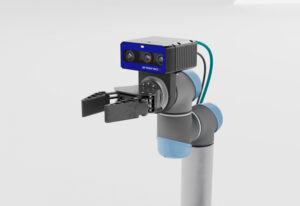
IDS Imaging Development Systems introduces a new 3D camera in the Ensenso product line.… Read more »

IDS Imaging Development Systems introduces a new 3D camera in the Ensenso product line.… Read more »

Webfleet, Bridgestone’s global fleet management solution, has launched the EV Transition Tool to support… Read more »

INFORM announces the opening of a new office in Portugal. With this step, the… Read more »

INFORM, a global software provider for AI-driven Digital Decision-Making optimizing business operations, headquartered in… Read more »

KLM Royal Dutch Airlines has opted for AI-powered WorkforcePlus software to optimise workforce scheduling… Read more »
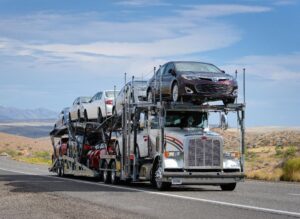
INFORM, a leading provider of AI-based optimisation software that facilitates improved decision making, processes… Read more »
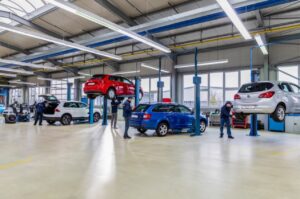
Within just two weeks, Aachen-based optimisation specialist INFORM implemented its Vehicle Yard Management System… Read more »
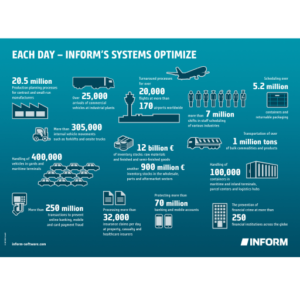
INFORM, a leading provider of AI-based optimisation software that facilitates improved decision making, processes… Read more »
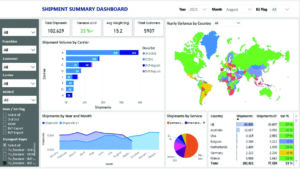
The Information Factory, an independent software vendor specialising in the logistics sector, has launched… Read more »
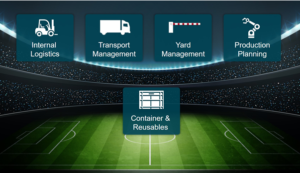
WEBINAR: Algorithms are a proven way to optimise pooling operations, as they provide the… Read more »
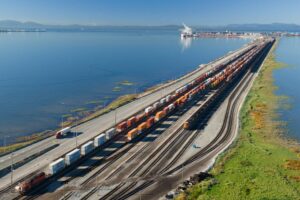
Inform has successfully integrated Linker, a proven middleware, into ITS Synrotess Rail Scheduler, an… Read more »

Piraeus Port Authority (PPA) S.A., member of COSCO SHIPPING Group, has decided to invest… Read more »
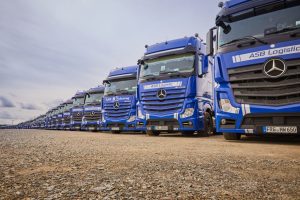
A customised IT solution in vehicle logistics from software provider INFORM for ASB Logistics… Read more »
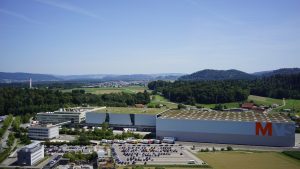
INFORM has successfully deployed its Syncrosupply Time Slot and Yard Management system to logistics… Read more »
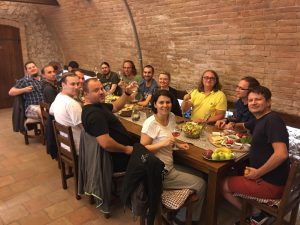
Logistics software vendor The Information Factory has appointed three software developers; Tomas Rohr, Mihai… Read more »
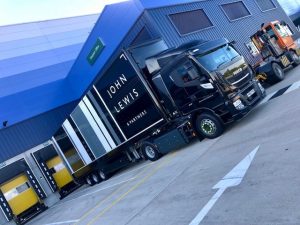
One of the UK’s most important and respected retailers, John Lewis & Partners, has… Read more »
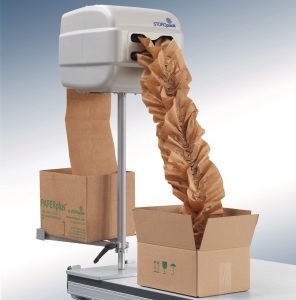
Storopack is a specialist in the field of protective packaging. Its product portfolio encompasses… Read more »

In the modern age of logistics, the warehouse is no longer a static storage… Read more »

Manhattan Associates Inc., a global leader in supply chain commerce, has announced the findings… Read more »
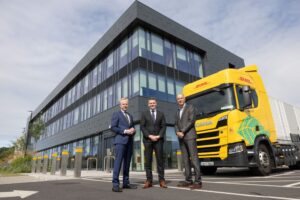
The new facility harnesses renewable energy and sustainable solutions, achieving BREEAM ‘Excellent’ and LEED… Read more »

How is the maritime sector navigating the twin pressures of decarbonisation and digitalisation? What… Read more »

The British International Freight Association (BIFA) is strengthening its sponsorship and collaboration with the… Read more »

Delivering results is the reason why logistics and shipping support teams are adopting agentic… Read more »
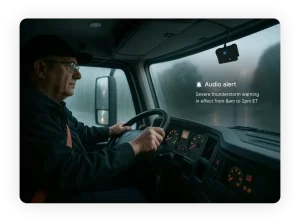
Samsara has just launched more than a dozen new safety and AI-powered tools designed… Read more »

Whether conveying goods or lifting heavy loads, every movement needs a drive system. However,… Read more »

The benefits of e-documentation in logistics are improved collaboration, operational efficiency and substantial reduction… Read more »
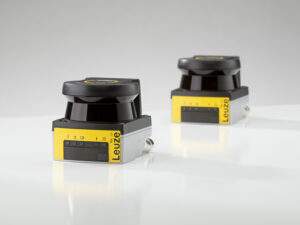
The new ultra-compact RSL 200 safety laser scanner from Leuze can be integrated effortlessly… Read more »

The logistics industry is undergoing rapid change, with 87% of logistics operators planning to… Read more »

BRA Isogona, a leading manufacturer and marketer of cookware and tableware, has shown consistent… Read more »

DP World has unveiled a fully integrated logistics and market-entry solution aimed at addressing… Read more »

Customs Support Group (CSG), provider of customs clearance and trade solutions, is introducing a… Read more »

Transparency of the global supply chain is becoming the weapon of choice for smart… Read more »
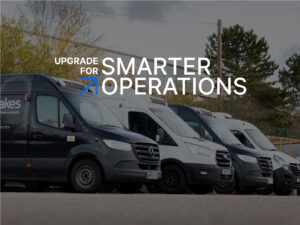
In response to today’s high demand for resilience in the world of physical operations,… Read more »

Bold new branding for end-to-end system integration specialists TGW Logistics represents confidence, flexibility and… Read more »

Logistics Business magazine, together with the Information Factory, have produced a new 8 page… Read more »

Rugged devices and mobile computers can improve supply chain performance for transport operations, field… Read more »

What exactly does Extended Producer Responsibility entail, and how should logistics businesses respond? Carrie… Read more »

Körber Supply Chain Software, a joint venture between Körber AG and KKR recently introduced… Read more »

Experience and track record matter in freight forwarding, according to Paul Everley, Global Head… Read more »
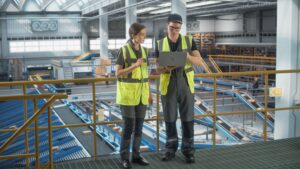
Logistics companies face immense pressure to optimise their operations, enhance security, reduce losses, and… Read more »

Automated picking and handling operations often require the usage of more than one technology… Read more »

While the main focus is on tariffs, trade lanes – as arteries of the… Read more »

Risk mitigation is imperative to reduce the risks of and damage from cyberattacks and… Read more »

Everyone in our industry knows what Third-party contract logistics is (3PLs and LSPs). Many… Read more »

Visitor registration is now open for the International Materials Handling Exhibition (IMHX) 2025, the… Read more »